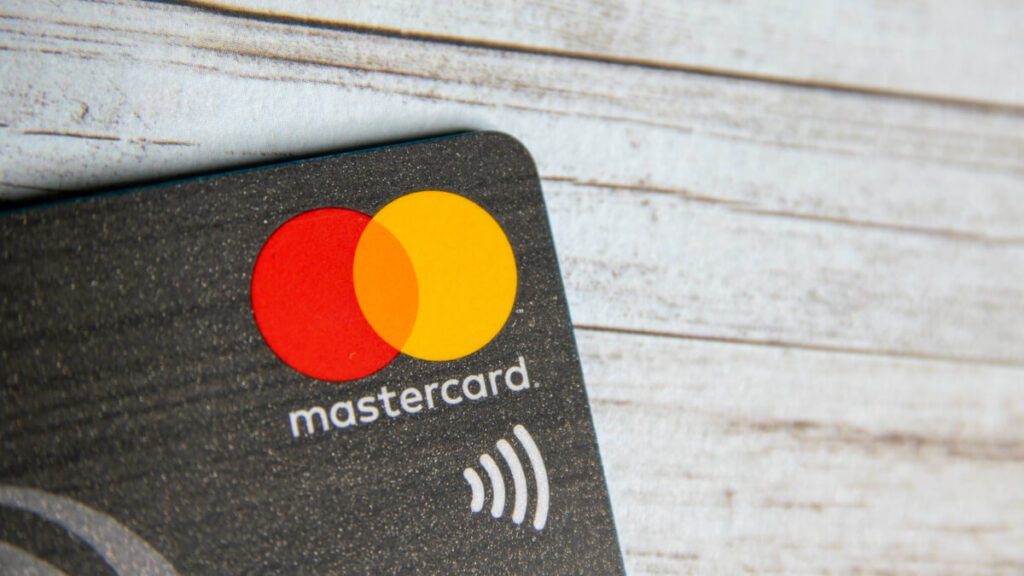
Mastercard announced on Thursday its plans to halt the issuance of cards with a magnetic strip by 2033.
The global financial firm will have strip-less debt and credit cards in Europe starting from 2024, and across the globe by 2033, Mastercard declared in a statement.
The company claimed that it will be the first payments network to phase out the technology, which dates to the 1960s.
“Magnetic strip is reaching its expiration date with Mastercard becoming the first payments network to phase it out,” said manager of global communications at Mastercard, Vicki Hyma, in the statement.
The financial giant said that the shift away from the magnetic strip points to both consumers changing habits for payments, and the development of newer technologies, without mentioning any specific technology.
Nevertheless, Mastercard explained the development of the current chip cards, noting that they are powered by microprocessors that are much more capable and secure, and many are also embedded with tiny antennae that enable contactless transactions.
Mastercard highlighted in a separate blogpost that chip-and-pin and new biometric cards that use fingerprints, offer another layer of security.
Furthermore, due to the COVID-19 pandemic it seems that the company has been studying contactless alternatives.
Earlier this year, the U.S.-based financial firm announced its partnership with Saudi FinTech company Geidea, to accept Mastercard payments using a Tap-on-Phone solution in Saudi Arabia.
This new technology is an innovative and cost-effective app-based solution that allows small businesses to quickly embrace electronic acceptance through their smart mobile or tablet device.
Correspondingly, the Mastercard continues to study consumer habits to provide alternative solutions accordingly.
As Mastercard revealed that more than half of Americans prefer using a chip card payment over any other method, with security being the driving factor, according to a survey Mastercard conducted earlier in December.
This portion was followed by contactless payments — with a card or a digital wallet. Interestingly, only 11 percent said they preferred to swipe, and that drops to 9 percent when looking at cardholders with experience using contactless payments, based on the company’s data.